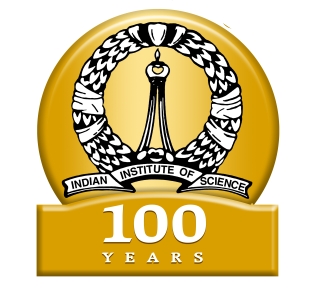Desai S R*, Subash Chandran M D** and Ramachandra T V***
* Research Scholar, Energy and Wetlands Research Group, Center for Ecological Sciences, Indian Institute of Science, Bangalore 560012, India
E-mail : energy@ces.iisc.ac.in
** Professor, Energy and Wetlands Research Group, Center for Ecological Sciences,
Indian Institute of Science, Bangalore 560012, India
E-mail : mdschandra@yahoo.com
*** Coordinator, Energy and Wetlands Research Group, Center for Ecological Sciences,
Indian Institute of Science, Bangalore 560012, India
E-rnail : cestvr@ces.iisc.ac.in
Phytoplankton is one of the most rapid detectors of environmental changes Pollution stress reduces the number of algal species but increases the number of individuals Phytoplankton composition was assessed in 16 localities of the Sharavati River basin A total of 216 species belonging to 59 genera (belonging to Bacillariophyceae, Desmidials, Chlorococcales, Cyanophyceae, Dinophyceae, Euglenophyceae and Chrysophyceae) were recorded. During the sampling, 100,117 and 110 species of phytoplanktons were recorded in coUection-I, II and III respectively Species composition was almost uniform in all the three collections. Species compositions as well as population of diatoms were more in streams, while that ofdesmids was more in reservoir water Species diversity and species richness were not uniform in any of the stations and in any of the three collections. Various pollution indices showed the oligotrophic nature of the reservoir waters with slight organic pollution in stream waters.
Key Words : Phytoplankton diversity, Sharavati river, Central western ghats


